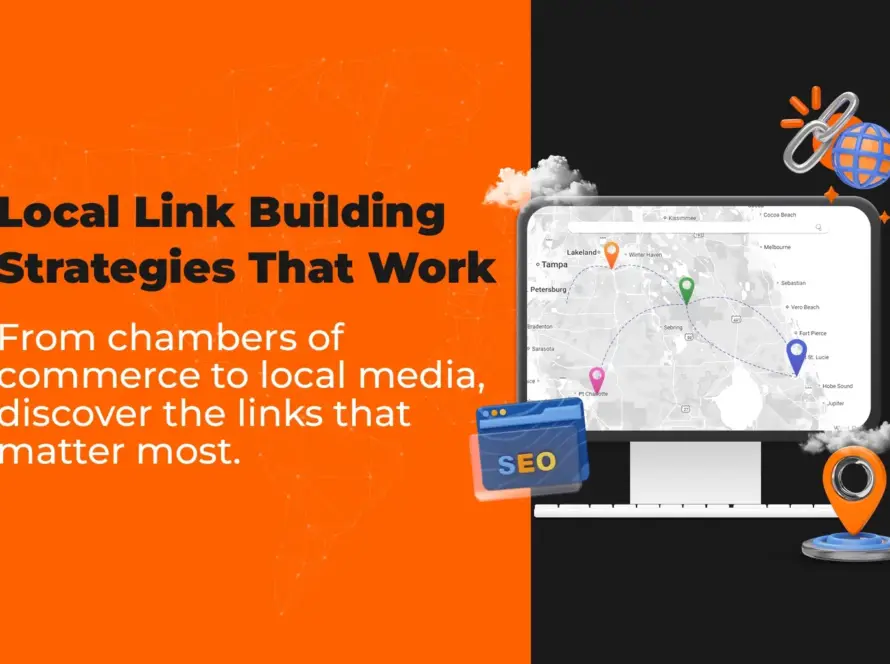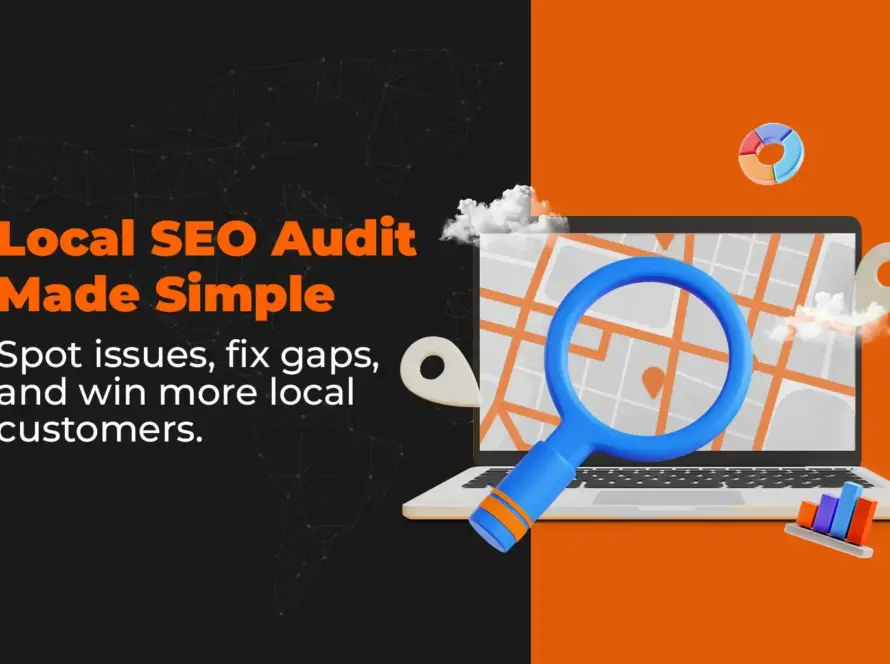What Is Search Intent in SEO?
Search Intent, also called user intent, is the reason behind a user’s query in a search engine. It explains why someone is searching — whether to learn, compare, or buy. At Omega Trove, we align content strategies with search intent to deliver clarity, relevance, and conversions.
What Does Search Intent Mean in SEO?
In SEO, search intent is the “goal” behind the keyword. For example:
- Informational intent: “What is SEO?” (user wants knowledge).
- Navigational intent: “LinkedIn login” (user wants a specific site).
- Transactional intent: “Buy running shoes online” (user wants to purchase).
- Commercial investigation: “Best SEO tools 2025” (user wants to compare before buying).
Consultants see intent as the bridge between keywords and customer journeys.
Why Search Intent Matters for Business Strategy
Matching intent ensures you attract the right audience at the right stage.
Benefits of Targeting Search Intent:
- Improves rankings by aligning with Google’s algorithms
- Increases CTR with content that matches user expectations
- Reduces bounce rates with relevant content
- Strengthens funnel performance (awareness → conversion)
- Drives higher ROI by capturing users ready to act
How Omega Trove Optimizes for Search Intent
Omega Trove applies clarity-first keyword strategies that map intent to business goals:
- Researching keywords by intent (informational, navigational, transactional)
- Creating content tailored to each stage of the funnel
- Structuring landing pages to meet conversion-focused queries
- Using meta titles and descriptions that match query intent
- Testing performance with analytics to refine targeting
Learn more about our SEO services.
Related Terms You Should Know
- On-Page SEO – Content structure must align with intent.
- Keyword Cannibalization – Can confuse intent across multiple pages.
- Page Experience – Supports intent by delivering usability and clarity.
Frequently Asked Questions
What Is Search Intent in SEO?
Search intent in SEO refers to the reason behind a user’s Google search — why they’re searching and what they hope to find. It helps determine if users want to learn (informational), navigate (navigational), or buy (transactional). Aligning content with intent boosts visibility, CTR, and conversions.
Why Is Search Intent Important for SEO Strategy?
Search intent matters because Google ranks pages that best match user intent, not just keywords. In fact, 80% of Google’s algorithmic updates focus on intent-driven relevance Matching content to intent reduces bounce rates and improves organic ranking stability.
What Are the 4 Main Types of Search Intent?
The four main types of search intent are informational, navigational, transactional, and commercial investigation.
- Informational: Users seek knowledge (“What is SEO?”)
- Navigational: Seeking a site (“YouTube login”)
- Transactional: Ready to buy (“Buy SEO software”)
- Commercial: Comparing (“Best SEO tools 2025”)
How Do You Identify Search Intent in Keywords?
You can identify search intent by analyzing keyword phrasing, SERP features, and competing content.
- “How to” = Informational
- “Best” or “Top” = Commercial
- “Buy” or “Price” = Transactional
- “Login” or “Homepage” = Navigational
Tools like Google’s NLP API help confirm intent categories.
How Does Search Intent Affect Keyword Research?
Search intent shapes how you choose and group keywords in SEO. Intent-focused keyword mapping ensures each page satisfies one user goal, avoiding keyword cannibalization. Pages targeting transactional intent convert up to 67% higher than informational ones .
How Do You Optimize Content for Search Intent?
To optimize content for search intent, match your title, content depth, and CTA to the user’s goal.
- Informational = Educational blogs
- Commercial = Comparison guides
- Transactional = Product or service pages
- Navigational = Brand or login pages
Structured alignment improves engagement and E-E-A-T signals.
How Does Google Determine Search Intent?
Google uses AI algorithms like BERT to understand search intent. These models analyze query structure, click behavior, and dwell time to match results with context. Pages with clear topical relevance and semantic entities perform best in intent-based ranking systems.
Can Search Intent Improve Conversion Rates?
Yes — aligning content with user intent can increase conversion rates by up to 300%. When users find exactly what they expect, they stay longer, engage more, and take action. Transactional and commercial intent pages typically yield the highest ROI.
What Are Common Mistakes When Targeting Search Intent?
The biggest mistake in search intent SEO is misalignment — targeting the wrong type of query with the wrong content. Example: writing a blog post for a transactional keyword. This confuses Google’s indexing and weakens ranking signals.
How Does Search Intent Guide Content Mapping and Funnel Strategy?
Search intent defines how each piece of content fits into the buyer’s journey. Informational intent targets top-of-funnel awareness, commercial intent fuels middle-funnel research, and transactional intent drives bottom-funnel conversions. Mapping content to intent ensures balanced visibility and maximized lead quality across all stages.


